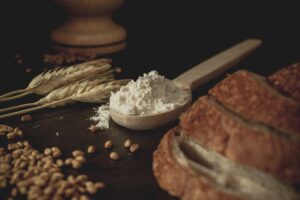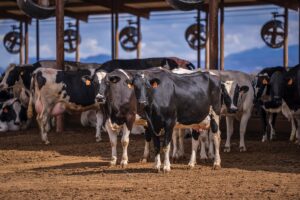Crickets are a sustainable and nutrient-rich protein source that have gained popularity in recent years, and cricket flour is now being used in innovative food products like protein bars and baked goods. Here’s a look at some of the benefits of cricket flour and how it’s being used in the food industry.
Nutritional benefits: Cricket flour is high in protein, iron, and other essential nutrients. It contains all nine essential amino acids, making it a complete protein source. Compared to traditional flour, cricket flour is also higher in fiber and lower in carbohydrates.
Sustainability: With concerns over the environmental impact of traditional livestock farming, cricket flour is seen as a more sustainable protein source. Crickets require less land, water, and feed compared to traditional livestock, and produce fewer greenhouse gas emissions.
Versatility: Cricket flour can be used in a variety of food products, from protein bars to baked goods. Its mild, nutty flavor pairs well with many ingredients, and its fine texture makes it easy to incorporate into recipes.
Innovation: Companies are using cricket flour to create innovative food products that are both sustainable and nutritious. Protein bars made with cricket flour are a popular choice, as are baked goods like cookies and muffins. Some companies are even experimenting with using cricket flour in pasta and other savory dishes.
In conclusion, cricket flour is a versatile and sustainable ingredient that is being used in innovative food products like protein bars and baked goods. With its nutritional benefits and eco-friendly profile, cricket flour is a promising ingredient for the future of food.

The history of eating insects and how crickets have been consumed in different cultures
The practice of eating insects, known as entomophagy, has been around for centuries and is still a common practice in many parts of the world.



